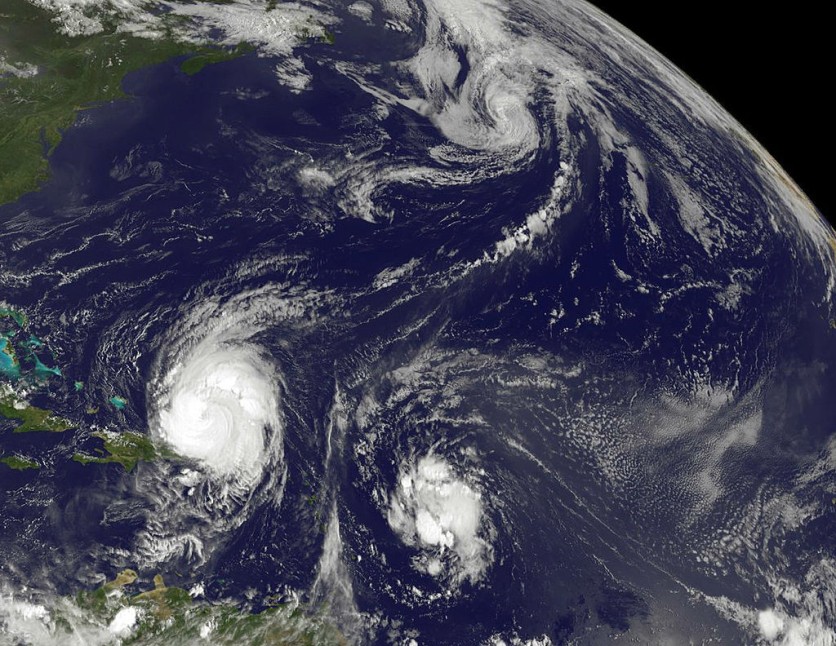NASA has enlisted BAE Systems to create a state-of-the-art instrument to analyze ocean data for the National Oceanic and Atmospheric Administration's (NOAA) Geostationary Extended Observations (GeoXO) satellite program.
This agreement, valued at approximately $450 million, signifies a crucial collaboration aimed at advancing the capabilities of ocean monitoring technology.

NASA, BAE Systems to Develop Ocean Color Instrument for NOAA
Under this cost-plus-award-fee contract, BAE Systems will develop two flight instruments with potential options for additional units. The project spans 15 years, including ten years of on-orbit operations and an additional five years of on-orbit storage for each instrument.
The work will primarily take place at BAE Systems in Boulder, Colorado, with contributions from NASA's Goddard Space Flight Center in Maryland and the Kennedy Space Center in Florida.
The GeoXO Ocean Color instrument (OCX) is designed to provide comprehensive monitoring of U.S. coastal waters, the exclusive economic zone, and the Great Lakes.
By observing ocean biology, chemistry, and ecology, the OCX will offer vital insights into ocean productivity, ecosystem changes, coastal and inland water quality, and many more.
Unlike current systems, this instrument will provide updates at least every three hours, delivering a more frequent and detailed view of ocean and coastal conditions, according to NOAA.
Observations by the OCX will capture daily variations in ocean biology and rapid changes in coastal ocean dynamics. This capability is essential for tracking and responding to climate-driven changes in ocean and coastal ecosystems.
The data gathered will support ecological forecasters, marine resource managers, fisheries, health departments, and many more.
Read Also : America's First Black Astronaut Candidate Achieves Lifelong Dream of Spaceflight 60 Years Later
Scope of the Contract
The scope of the contract encompasses a range of tasks and deliverables necessary for the successful development and deployment of the ocean-color instrument. These tasks include analysis, development, design, fabrication, integration, testing, verification, and assessment of the instrument.
Additionally, the contract covers support for the launch, provision, and maintenance of the instrument ground support equipment and assistance with mission operations at the NOAA Satellite Operations Facility in Suitland, Maryland.
The GeoXO Program, succeeding the Geostationary Operational Environmental Satellites - R (GOES-R) Series Program, aims to enhance Earth observations from geostationary orbit. This new satellite system will provide vital data to address major environmental challenges in the United States.
NOAA and NASA are collaboratively overseeing the development, launch, testing, and operation of all satellites within the GeoXO Program. NOAA is responsible for funding and managing the program, its operations, and data products.
Meanwhile, NASA, together with commercial partners like BAE Systems, is tasked with developing the instruments and spacecraft and handling the satellite launches.
Related Article : NASA's James Webb Space Telescope Will Look for Signs of Life in New 7 Earth-sized Planets Around TRAPPIST-1

![Apple Watch Series 10 [GPS 42mm]](https://d.techtimes.com/en/full/453899/apple-watch-series-10-gps-42mm.jpg?w=184&h=103&f=9fb3c2ea2db928c663d1d2eadbcb3e52)



